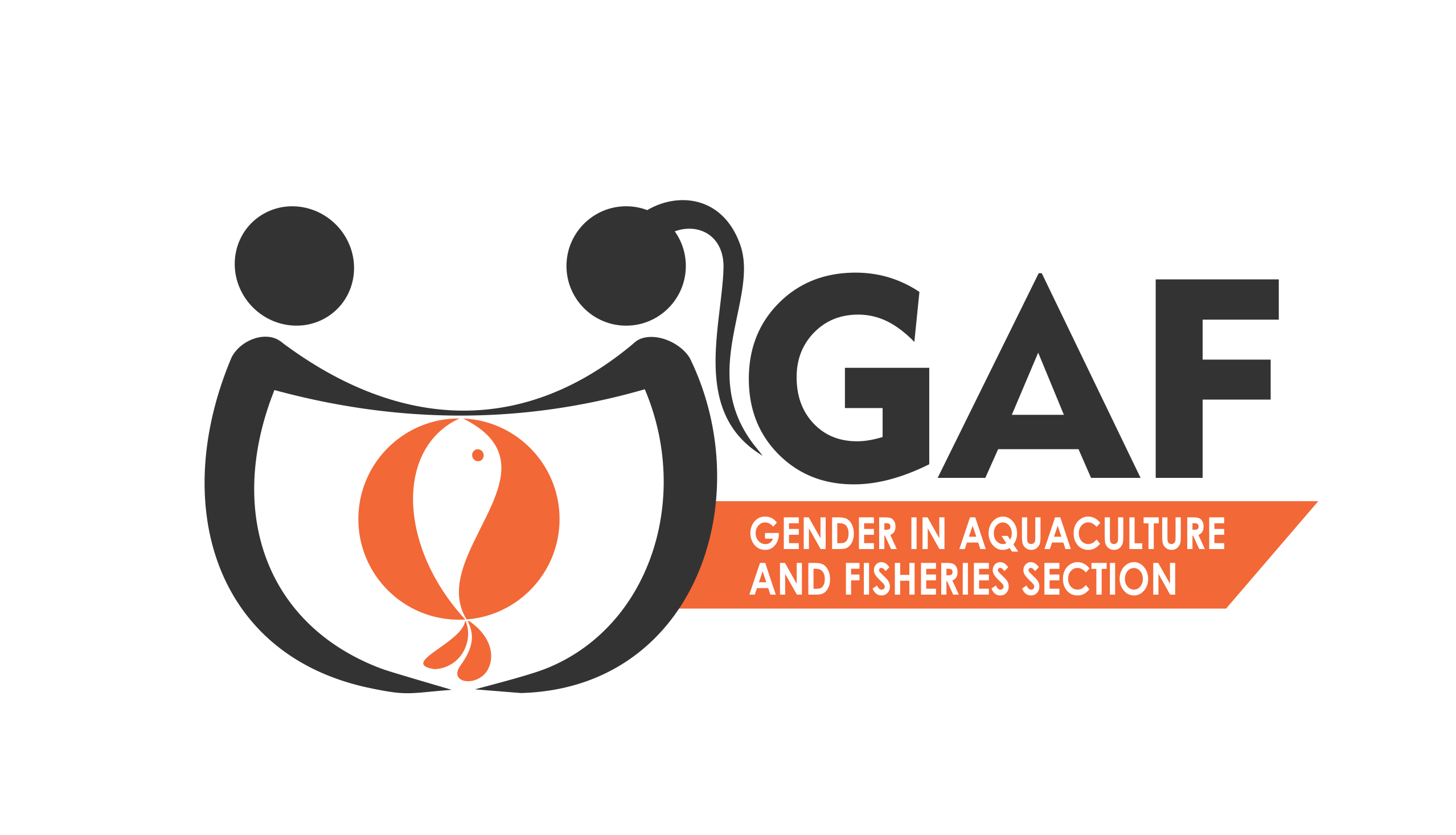
Dr Anne Coles, Northern Hokkaido trawler port, August 2013. Photo: A. Coles, International Gender Studies Centre at Lady Margaret Hall, Oxford Univ, UK.
One of the biggest challenges for achieving gender equality is educating the present generation of leaders, project managers and other experts on the basic concepts and how they apply in daily work.
Dr Anne Coles, a gender expert with extensive experience of research in migration, gender, development and social change, and also in delivering in-service training in gender in a wide range of sectors, has distilled her experience in these tips.
![]()
Download notes Anne Coles Gender Training Note
Gender Training for Development Sectors or Project Offices
By Dr Anne Coles International Gender Studies at LMH Oxford University Compiled December 2013The following points are often helpful when providing gender training tailored to the needs of development professionals working in particular areas or sectors:
There needs to be a commitment to the training course by the person in charge of the project
The participants ideally include some staff who are already generally sensitised to gender issues (gender 101) or who at least recognise the need for a gender approach in the particular circumstances. Again ideally, it includes some participants who are sufficiently senior to be able to promote a gender approach, once the course convinces them of the need.
Importantly, the approach recognises that training must be relevant to the participants’ own work
Ideally, the trainer is able to make a preliminary visit to the project or is able to learn about it in advance. This is particularly useful if they do not know the area/sector.
If the trainer is an outsider, it helps to use a local co-trainer, again briefed in advance, to act as a resource person to explain the local gender situation and to lead some sessions.
While it is likely that one of the trainers is a woman, it is splendid if the other is a man.
There are various ‘tricks of the trade’ to get training off to a good start – such as asking participants what work their grandmothers and grandfathers did (at home, on the farm or whatever) and how it differs from what they and their partners do now – to give a feel for how gender roles and responsibilities are differently constructed over time and in different socio-economic circumstances. This also helps all the participants get to know each other better.
Examples of successful practice should be given, with some from the same/similar sector/area.
It can be limiting for participants to adopt a gender perspective in a particular project unless they know how it will fit in to the overall policy framework at the organisation/government level. A session on this is useful, especially if new areas of policy are being considered in headquarters. A senior administrator/manager could lead this session.
A really important part of the training is normally ‘engendering’ a piece of the participants’ own work (project/programme/policy or whatever).Typically this is done by the participants working in small groups with the trainer(s)’ help. It can begin with a gender analysis of the project and then writing gender equitable improvements into the project documents, addressing any implications in terms of resources and time. The final stage is a commitment to giving this a go!
If at all possible some funds/time should be set aside for follow-up/self-monitoring to avoid the training being ‘one off’.
This entry was posted in: Gender,Men, Women
